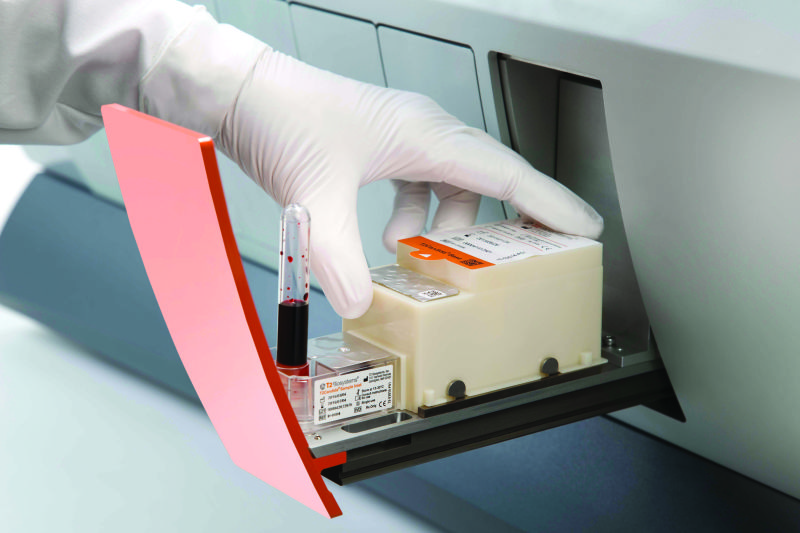Over half of Americans have never heard of sepsis. But its a potentially deadly response to an infection, which causes inflammation throughout the body. Sepsis kills more than a quarter of its victims, and it contributes to up to half the deaths in hospitals.
What can hospitals do to fight sepsis? Well, it's depends on how early it's diagnosed. Some patients with sepsis may be treated at home with broad-spectrum antibiotics. Others end up in a critical state in the intensive care unit, fighting for their lives.
But technologies to aid doctors in diagnosing patients with sepsis are finally reaching hospitals. One innovation comes from a company called T2 Biosystems, which is developing technology to diagnose sepsis caused by a fungus called Candida.
T2Biosystems has sold its tests to 19 hospitals including the Rhode Island Hospital and the Alpert Medical School at Brown University. That's a quick proliferation considering that the technology only received a green-light from the U.S. Food and Drug Administration last fall.
According to John McDonough, CEO of T2 Biosystems, most hospitals are still using a blood culture -- a 100 year-old technology with a sensitivity of about 50 to 60 percent -- to diagnose sepsis.
But McDonough says his company's diagnostic test is a step ahead as it can provide an accurate diagnosis in three to five hours, rather than in several days. This would likely increase the patient's chance of survival.
